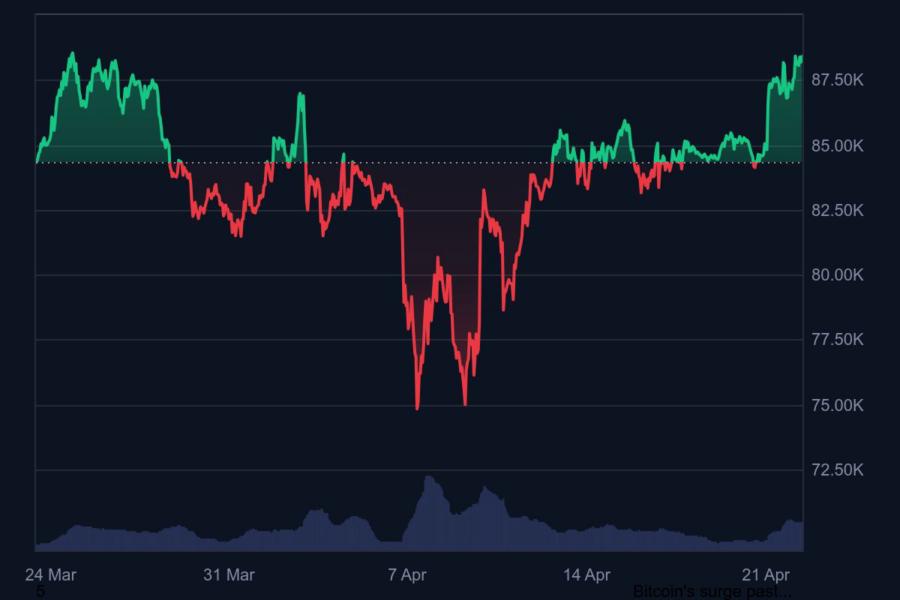
As a virtual digital currency, the price trend of Bitcoin has always been closely monitored. Analyzing the long-term trend of Bitcoin prices is of great significance for investors, researchers, and others. Next, we will delve into the long-term changes in btc price from several perspectives.
Macro background of the long-term trend of Bitcoin price
In the context of constantly changing global economic environment, the fluctuation of Bitcoin price is influenced by many factors. In recent years, the global economy has been facing issues such as inflation and monetary policy adjustments. Bitcoin is regarded by some investors as a safe haven asset due to its decentralized nature and fixed total amount. When the global economy is unstable, investors may invest their funds in the Bitcoin market, thereby driving its price up. For example, in some countries where currency depreciation is severe, the demand for Bitcoin will increase, and the price will also rise accordingly.
The impact of technological development on long-term price trends
Bitcoin is based on blockchain technology, and the development and improvement of its technology have a profound impact on the price of Bitcoin. With the continuous maturity of blockchain technology, the security and transaction efficiency of Bitcoin have been improved, which has enhanced investors’ confidence. Meanwhile, new technological applications and innovations may also attract more funds into the Bitcoin market. However, technical vulnerabilities and security issues may also lead to a significant drop in the price of Bitcoin. For example, the previous incident of a Bitcoin trading platform being hacked triggered market panic, leading to a sharp decline in Bitcoin prices in the short term.
Market supply and demand relationship and long-term price trend
The market supply and demand relationship is one of the core factors affecting the price of Bitcoin. The total amount of Bitcoin is fixed at 21 million coins. As time goes by, the difficulty of mining Bitcoin gradually increases, and the output speed of new coins gradually slows down. However, the market demand for Bitcoin is constantly changing. When demand exceeds supply, the price of Bitcoin often rises; On the contrary, when supply exceeds demand, prices will fall. For example, some large institutional investors’ investment decisions in Bitcoin directly affect the market’s supply and demand balance, which in turn affects the price.
The role of regulatory policies in comparing the long-term trend of Bitcoin prices
The regulatory policies of various governments towards Bitcoin also greatly affect its long-term price trend. There are differences in attitudes and regulatory efforts towards Bitcoin among different countries. Some countries have adopted relatively loose regulatory policies to encourage the development and innovation of Bitcoin, which helps attract more investors and funds into the market and drive up prices. Other countries, on the other hand, strictly regulate Bitcoin and even prohibit its trading, which can lead to a decrease in market demand and price. For example, policies implemented by certain countries to restrict Bitcoin trading have led to a significant short-term correction in Bitcoin prices.
In summary, the long-term trend of Bitcoin price is influenced by various factors such as macroeconomic background, technological development, market supply and demand, and regulatory policies. Investors need to consider these factors comprehensively when investing in Bitcoin in order to make more informed decisions.




